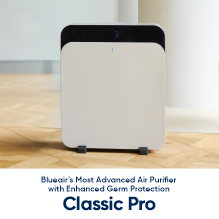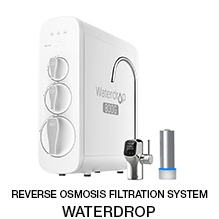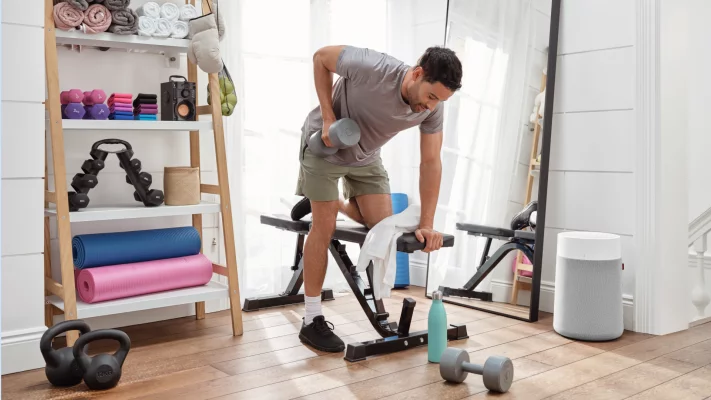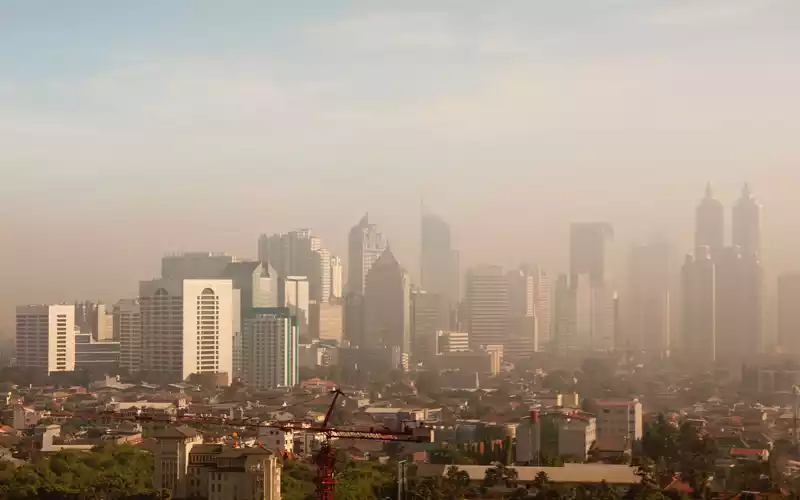- Increased Exercise Popularity: More people are pursuing fitness in gyms, yoga, and pilates studios, yet poor air quality in these spaces can negatively impact health.
- Higher Exposure During Workouts: Deep breathing during exercise increases the intake of airborne pollutants, making clean air essential for gym-goers and studio users.
- Health Risks from Poor Air: Pollutants like particulate matter, CO₂, and VOCs can accumulate in enclosed spaces, posing respiratory and overall health risks.
- Air Purification: Using air purifiers such as Blueair can help reduce airborne contaminants, creating a healthier, safer workout environment in both public and private exercise spaces.
In recent years, there’s been a powerful shift toward healthier living. More people are prioritizing regular exercise, better diets, adequate sleep, and mindful self-care as essential steps to a healthier lifestyle. With this increase in health consciousness, gyms and exercise studios – from yoga to Pilates – have surged in popularity, providing spaces for people to work towards their wellness goals. However, a critical component of health often goes unnoticed in these spaces: air quality. Studies reveal that air quality in many exercise environments may be less than ideal, potentially undermining the very health benefits that participants seek.
Increased Breathing During Exercise and the Impact of Poor Air Quality
When we exercise, our bodies require more oxygen to fuel muscles and sustain energy levels. Aerobic activities, whether on the treadmill, lifting weights, or flowing through yoga sequences, increase our respiratory rate significantly. We breathe deeper, inhaling up to ten times more air than at rest, which can bring any pollutants present in the environment deeper into our lungs, potentially increasing health risks.
Activities like yoga and Pilates further emphasize controlled, deep breathing, making clean air especially crucial. As each inhale and exhale draws in more air – and pollutants, if present – these practices can inadvertently expose participants to airborne contaminants, like particulate matter (PM) and volatile organic compounds (VOCs), that can lodge in the lungs, causing respiratory and cardiovascular issues over time.
The Reality of Poor Air Quality in Public and Private Gyms, Yoga, and Pilates Studios
Studies assessing air quality in exercise spaces have uncovered some troubling findings. Whether in public gyms, private studios, or home workout spaces, pollutants such as particulate matter, carbon dioxide (CO₂), VOCs, and Siloxanes can accumulate, especially in enclosed areas with limited ventilation. Each of these elements poses potential health risks, particularly during exercise when deep breathing pulls more air – and pollutants – into the lungs.
- Particulate Matter (PM): Fine particles from dust, exercise mats, and outside air can build up in indoor environments, contributing to respiratory problems.
- Carbon Dioxide (CO₂): With intense breathing, CO₂ levels can quickly rise in confined spaces, whether at crowded gyms or small, private yoga studios. Elevated CO₂ can cause fatigue, headaches, and even dizziness.
- VOCs and Siloxanes: Emitted by cleaning products, equipment materials, and personal care items, these gases can irritate the lungs, worsen allergies, and exacerbate asthma symptoms.
It’s ironic that people attend gyms and studios, or set up home workout spaces, hoping to become healthier, yet they may unknowingly expose themselves to air that undermines these benefits. While public gyms can suffer from poor ventilation and overcrowding, smaller, private spaces like yoga and Pilates studios are also vulnerable to accumulating dust, chemicals, and CO₂, posing similar risks.
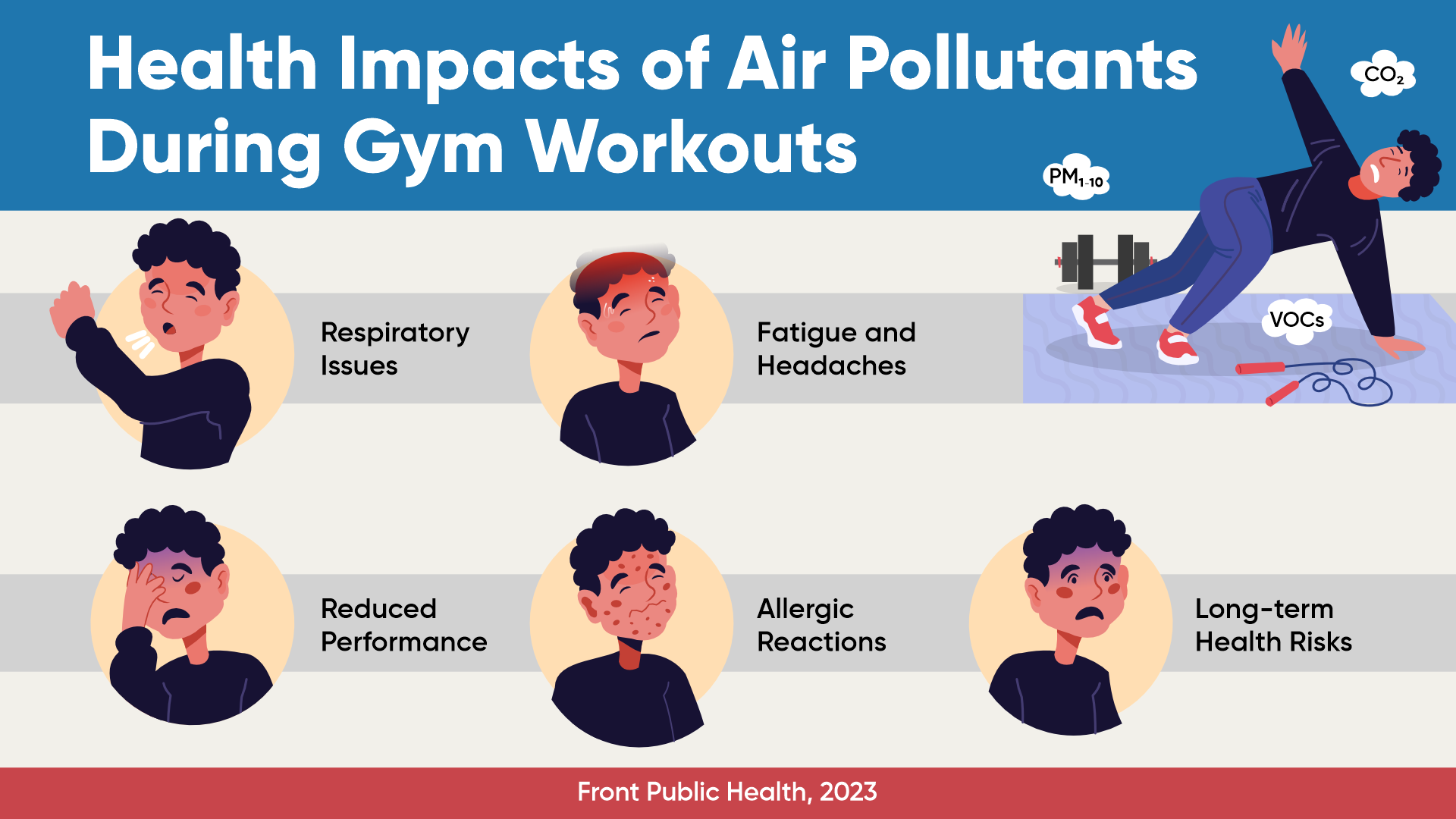
Creating a Healthier Workout Environment
The ideal exercise environment – whether a public gym, yoga studio, or home space – should support health from the ground up, including the air that participants breathe. Public gym-goers and studio attendees can reduce some exposure by visiting during off-peak hours, using sanitizers on shared equipment, and practicing good hygiene, but these actions alone won’t address air quality fully. In home and private spaces, ventilation and minimizing chemical cleaners can help improve air quality, yet airborne pollutants may still persist.
This is where air purifiers like Blueair become invaluable. In both busy gyms and serene yoga or Pilates studios, Blueair purifiers capture a wide range of airborne pollutants, from fine particulates to VOCs, ensuring cleaner air during exercise. Blueair’s innovative HEPASilent™ technology is particularly suited for these environments, as it combines mechanical and electrostatic filtration to deliver high clean air delivery rates (CADR) efficiently and quietly. This whisper-quiet performance is ideal for yoga and Pilates studios, where deep focus and quiet contemplation are essential. By reducing airborne pollutants without disturbing the calm, Blueair creates a healthier and more tranquil atmosphere for any workout or meditation practice.
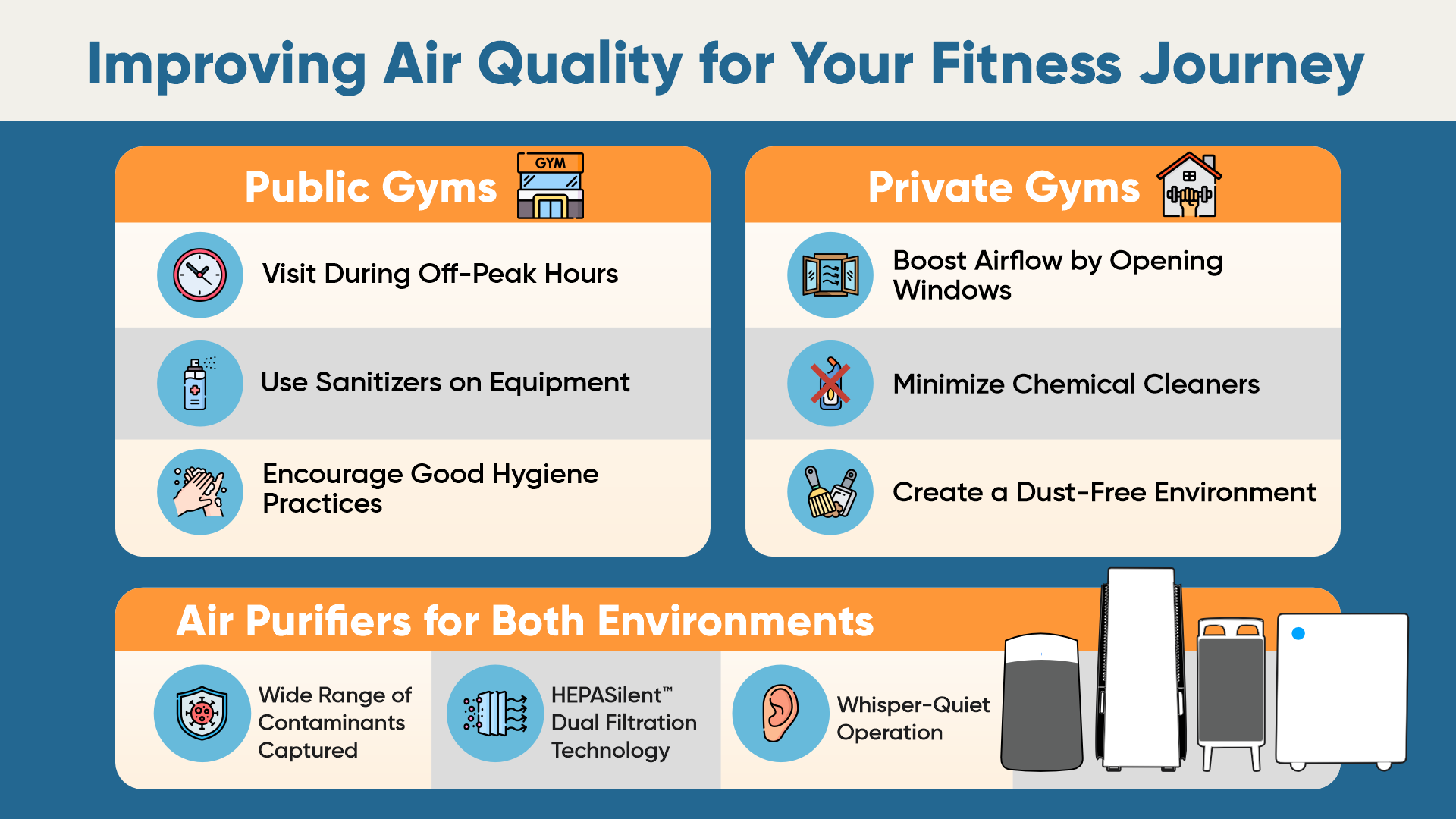
Breathe Easier, Exercise Better
As more people embrace fitness as a way to enhance their lives, gyms, yoga studios, and Pilates spaces – public or private – should remain safe, health-promoting environments. By investing in air quality with solutions like Blueair, these spaces can support the well-being of every participant, allowing for a truly healthful workout experience. With purified air from Blueair, you can confidently pursue your fitness goals, knowing that each breath is as beneficial as each step toward better health.
Sources:
Analyzing Gym Air Quality During Intense Workouts | Technology Networks
Working out at the gym? You may need to check the air quality - Earth.com

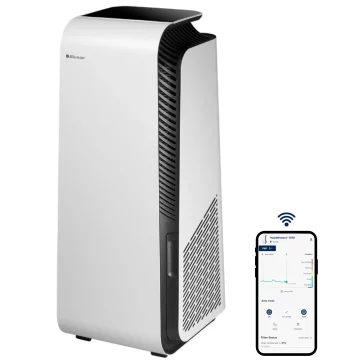 Blueair HealthProtect™ 7770i Air Purifier with Particle + Active Carbon Filter + RFID chip - Large Room - 62 m²Special Price Rp. 21,356,000 Regular Price Rp. 22,480,000Out of stock
Blueair HealthProtect™ 7770i Air Purifier with Particle + Active Carbon Filter + RFID chip - Large Room - 62 m²Special Price Rp. 21,356,000 Regular Price Rp. 22,480,000Out of stock
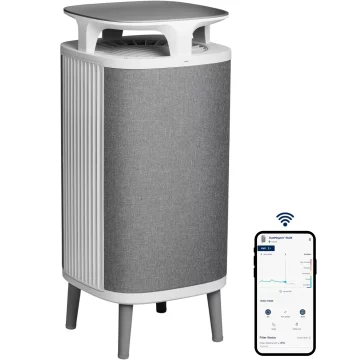 Blueair DustMagnet™ 5440i Air Purifier with Particle + Carbon Filter - Medium Room - 33 m²Special Price Rp. 10,118,400 Regular Price Rp. 10,880,000
Blueair DustMagnet™ 5440i Air Purifier with Particle + Carbon Filter - Medium Room - 33 m²Special Price Rp. 10,118,400 Regular Price Rp. 10,880,000
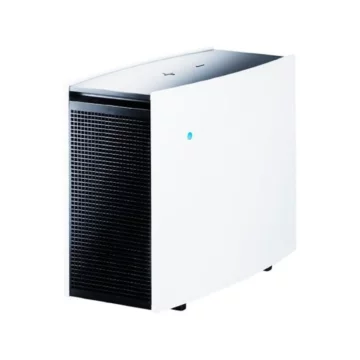 Blueair Pro M Air Purifier with Smokestop Filter - Medium Room - 36 M²Special Price Rp. 11,381,000 Regular Price Rp. 11,980,000
Blueair Pro M Air Purifier with Smokestop Filter - Medium Room - 36 M²Special Price Rp. 11,381,000 Regular Price Rp. 11,980,000
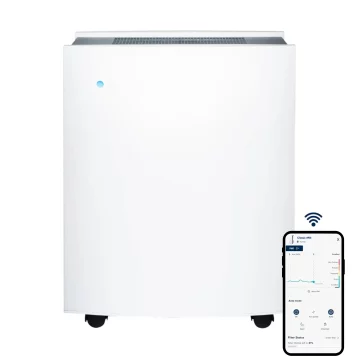 Blueair Classic 690i Air Purifier with DualProtection (Particle + Coconut Carbon) Filter - Extra Large Room - 72 M²Special Price Rp. 16,541,600 Regular Price Rp. 17,980,000
Blueair Classic 690i Air Purifier with DualProtection (Particle + Coconut Carbon) Filter - Extra Large Room - 72 M²Special Price Rp. 16,541,600 Regular Price Rp. 17,980,000
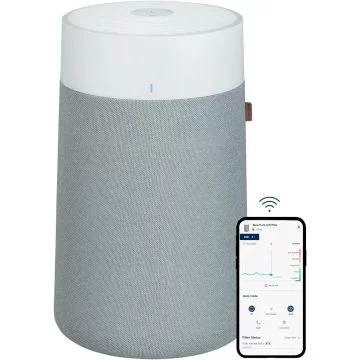 Blueair Blue Pure Max 3250i Air Purifier with Particle + Carbon Filter - Small Room - 20 m²Special Price Rp. 3,790,500 Regular Price Rp. 3,990,000
Blueair Blue Pure Max 3250i Air Purifier with Particle + Carbon Filter - Small Room - 20 m²Special Price Rp. 3,790,500 Regular Price Rp. 3,990,000

